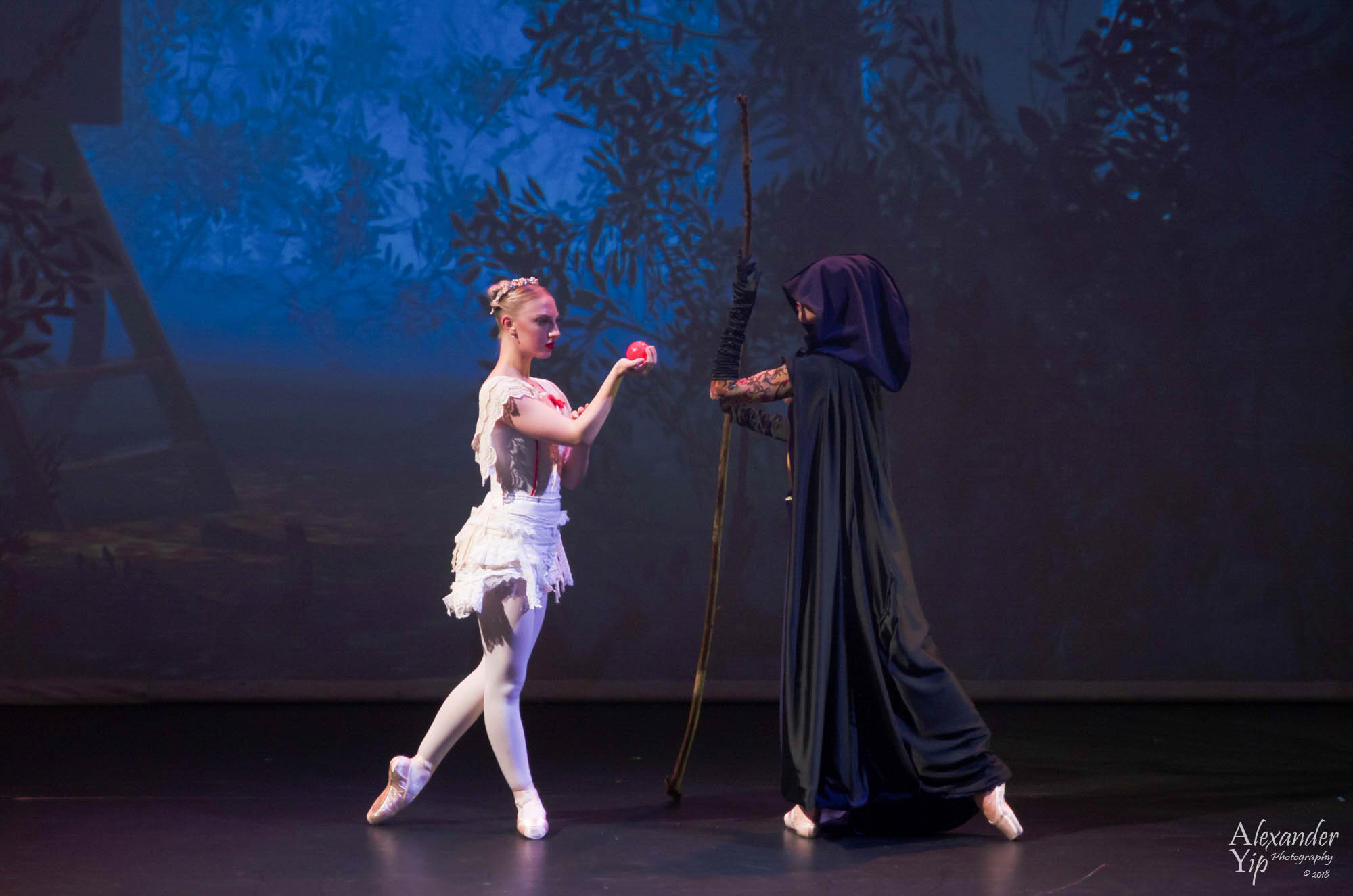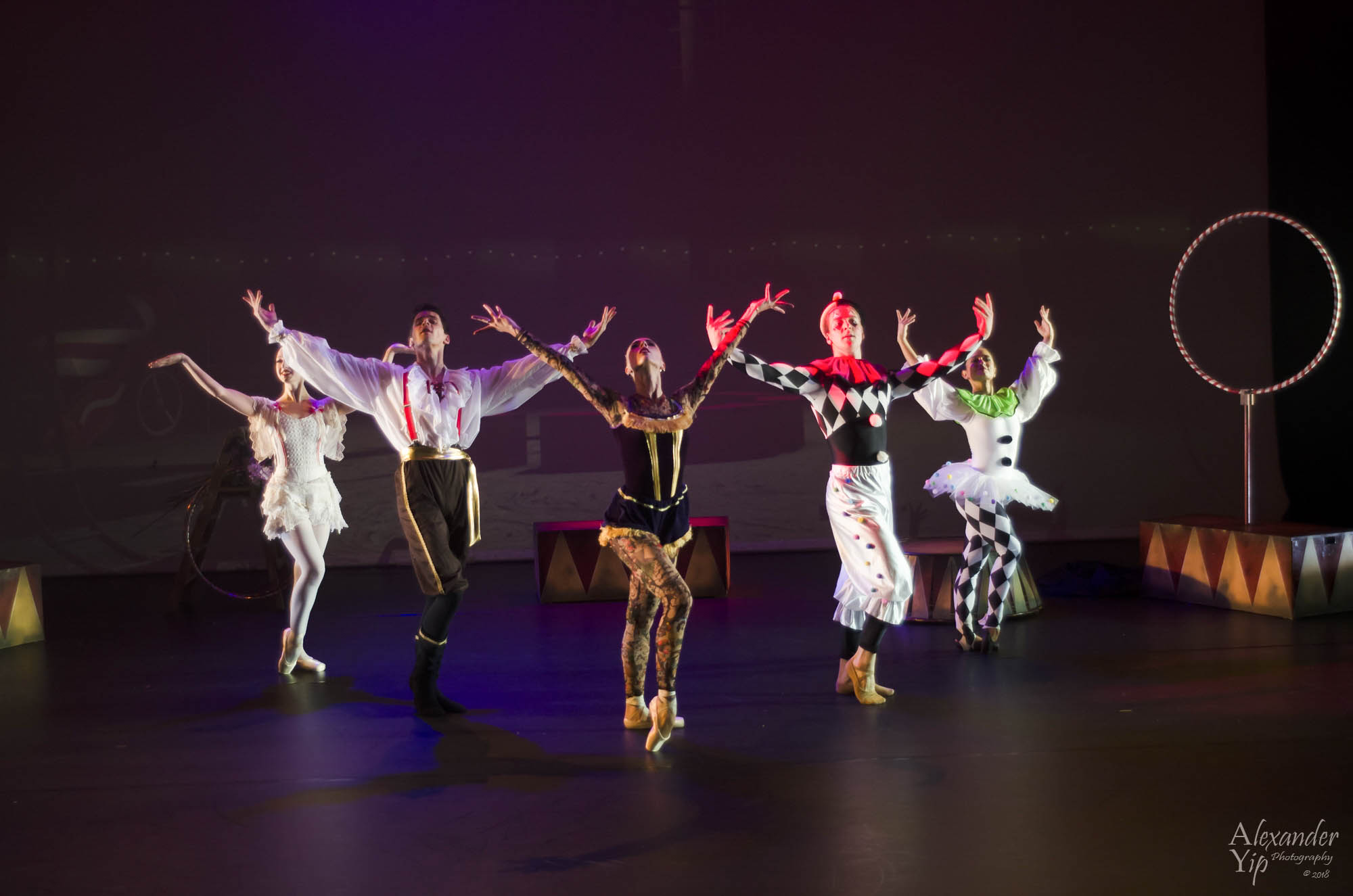Holly Noble, the Artistic Director and choreographer of her company Holly Noble Dance constructs work that breaks the rigid conventions of classical ballet.
Living in a post-modern world in which numerous dance styles have and continue to emerge and evolve, Noble believes that classical ballet must also move forward and continue to grow.
It is through this development of the conventional form that Noble challenges the spectator to observe classical ballet in a fresh, innovative and accessible manner.
In a discussion with Noble, she explained that throughout history, ballet has always been seen as elitist, and even today many audiences do not go to “see ballet because it’s not for them” and some even feel afraid of witnessing such an art form.
Dancer Ebony Jayne Kitts who plays the character of Snow in Holly Noble Dance’s Snow also shares Noble’s view as she believes that classical ballet is “a very segregated experience”, something that only seems to be for a few select people.
Noble’s primary intention in her contemporary work then is to “make dance accessible to everyone, encouraging the viewer to engage with the dancers and the performance in different ways and breaking the fourth wall” (Holly Noble Dance website).
Furthermore, Noble strongly deems “that everyone, no matter age or gender, should have the opportunity to experience dance in all its varied forms and benefit from what dance and ballet can offer” (Holly Noble Dance website).

Snow is a visionary piece of work as its primary focus centres on accessibility – you can read my review here.
It is a creation that integrates sign language into the heart of its performance. Whereas in some constructions a separate individual is often positioned at the side of the stage in order to interpret the narrative for the audience. In Noble’s work, sign language is an integral part of some of the characters and narrator’s vocabulary.
For Matt Petty who plays Leo the Lion Tamer and Huntsman, the incorporation of sign language gives the show “that extra … element” and is in itself almost “like a dance” because “it’s so physical.” He continues, “there is so much life and vibrancy” in using sign language, and making use of this “was very inspirational for me.”
For Kitts, the utilisation of “sign language … pushed my acting abilities.” This is to say that the use of sign language allowed performers as Kitts to almost exaggerate movements and make them appear larger than life.
Even I, as an observer, noticed that the performers’ use of sign language enhanced the expressive gestures of the characters. And furthermore, the connection between sign, ballet and physical expression really helped the spectator to understand the narrative of Snow. The spectator is then truly captivated and enticed by the physical articulation of the numerous movement based systems.

For Holly Noble Dance, moving “outside of the boundaries of ballet” also involves the challenging of stereotypes. Noble explains how in traditional fairy tales “women are always victims” or they are portrayed as evil characters.
However, in Snow, Noble wanted to alter this. The character of Snow (as played by Kitts) is a strong woman and even though Queen Nyx (played by Natasha Trigg) is very jealous of her, Snow becomes the victor in this adaptation.
Furthermore, Queen Nyx herself is also a figure that exhibits qualities of strength. Rather than her being portrayed as an evil character (as the Queen is in the traditional tale of Snow White), in Snow she is simply seen as a jealous woman that is obsessed with outer and surface appearances. This results in her being very envious of Snow’s beauty. But, what Queen Nyx does not quite seem to grasp is that Snow’s beauty is internal rather than external. A key message then of Noble’s creative work is that the power of internal beauty far outshines external beauty.
For Noble, stepping “outside of the boundaries of ballet” also involves the breaking down of additional barriers as getting rid of the “fourth wall”. Holly believes that the interaction between the audience and performers is an important one.
It is this interaction that can also help to build a better understanding and connection with ballet. For example, at the beginning of Snow, the characters appear in the foyer interacting with the spectators by chatting to them and asking questions.
Even when the viewers take their seats in the auditorium, the characters approach them and continue to talk them, and also at the end of the performance, spectators are invited to join the cast on the stage and dance together.
For Kitts, what this breaking of the us-them; audience-characters relationship does is that it “opens a new door to ballet” as it allows spectators to remain engaged with what is going on throughout the performance.
The philosophies and practices of Snow are simply ground-breaking and innovative.
I would also like to take this opportunity to thank Holly Noble, Matt Petty and Ebony Jayne Kitts for taking time out of their busy schedules to speak to me and answer my questions. In addition, I would also like to say a huge thank you to Déda who allowed me use their space to interview the above mentioned artists before I observed the performance of “Snow”. I also have an important message that I would like to share from Déda:
“We would like to highlight Déda’s focus on the blend of Contemporary circus/dance and exploration into these sectors. In 2019 Déda will be launching an MA in Dance & Contemporary Circus with the University of Derby. There are no other institutions within the UK that will offer students a place to develop this specialist style of hybrid work.”
Further information can be found here.


